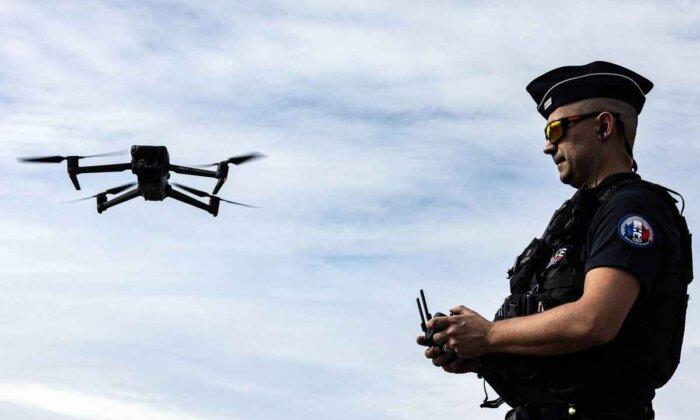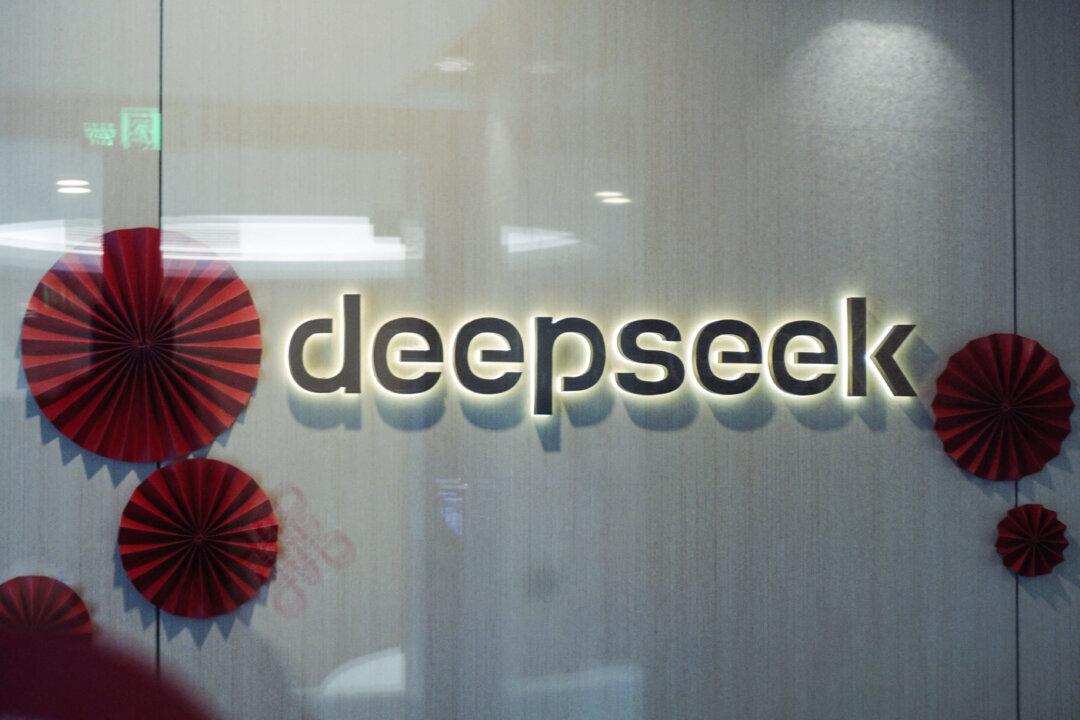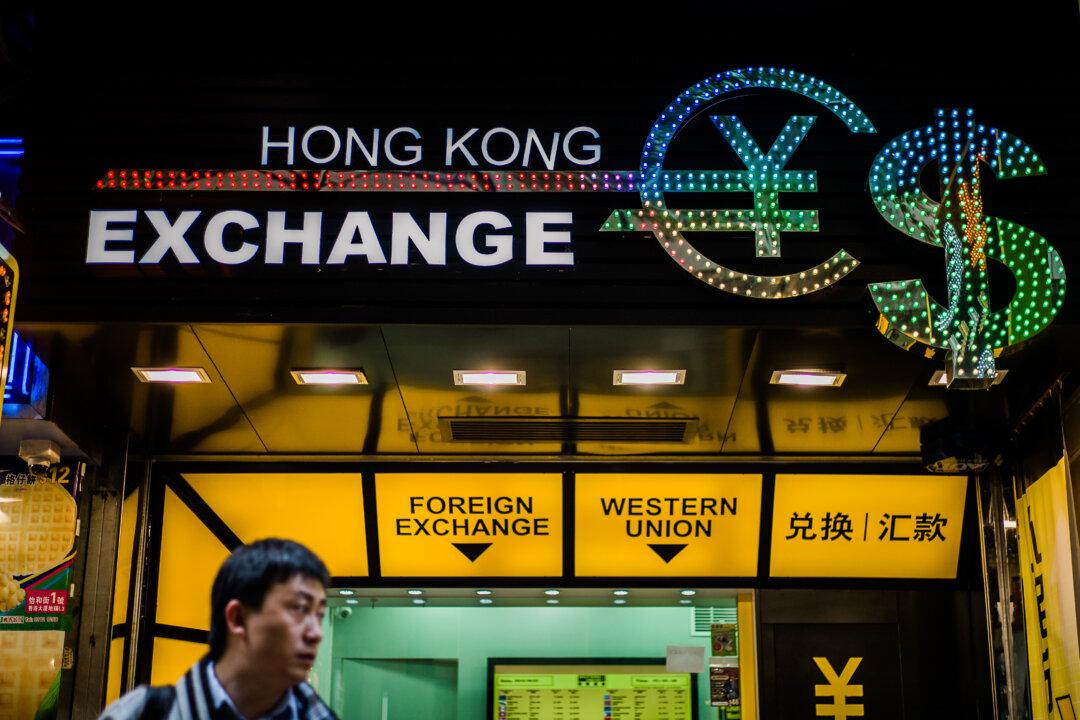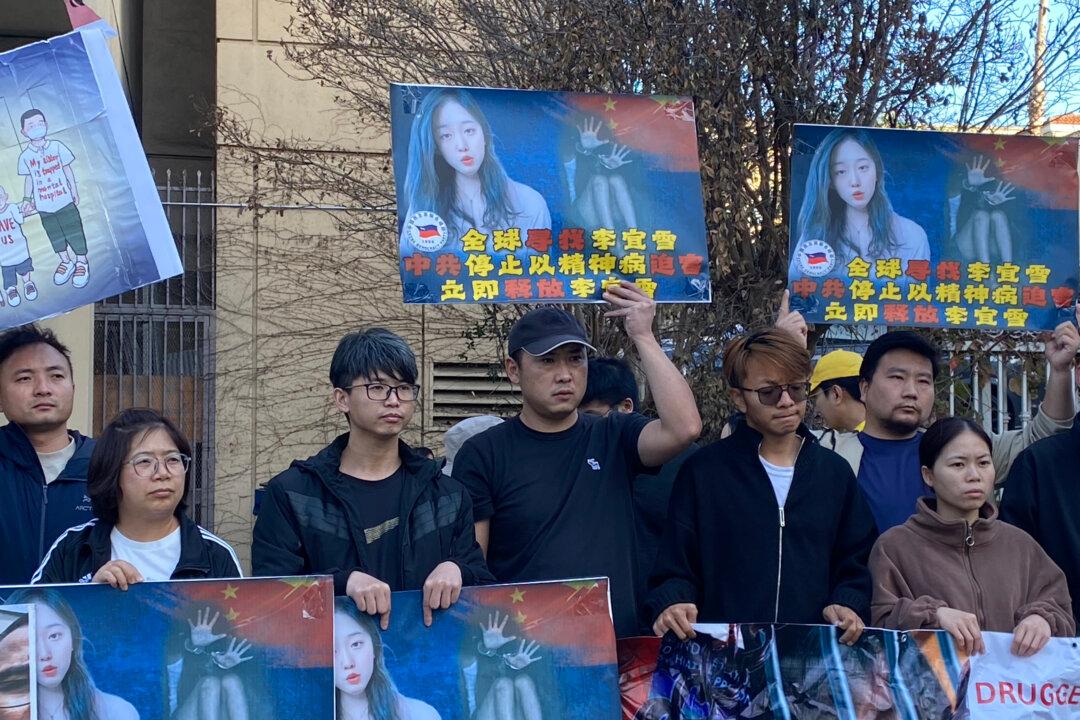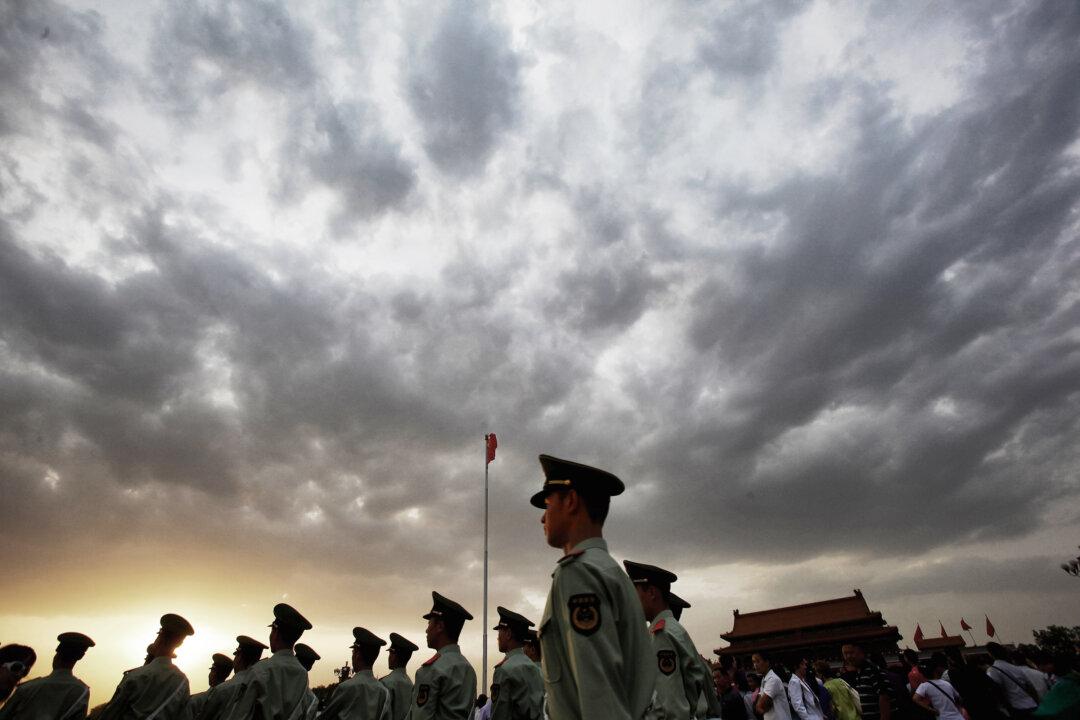In a surprising revelation, the Russian Finance Minister recently acknowledged that a substantial majority of the drones used by Russia originate from China. The announcement has sparked discussions about Russia’s reliance on foreign technology, while also drawing attention to the Chinese Communist Party’s (CCP) move last month to impose export controls on its drones.
On Oct. 16, Russian Finance Minister Anton Siluanov spoke at a meeting of the State Duma’s Budget and Taxes Committee. He revealed that “almost all” drones currently used by Russia come from China.
The statement came as Russia unveiled plans to establish its own drone production base, marking a significant shift in the country’s approach to this essential technology in its war effort.
“Today, almost all drones come from the People’s Republic of China. We are grateful to our partners. But we need to develop our own resource base, and the necessary money should be allocated,” the Russian minister stated in a video clip.
Mr. Siluanov emphasized, “We are allocating additional funds for drones. Over $616 million have been earmarked for the national new project to develop our own drone base. The goal is that by 2025, 41 percent of the drones will bear the label ‘Made in Russia.’”
The revelation has also further raised concerns about the potential dual use of civilian drones for military purposes, as Russia disclosed last year that Chinese-supplied civilian drones could potentially be adapted for military purposes.
The post highlighted the drones’ ability to solve “old problems in artillery reconnaissance, target designation, and fire correction.” It also lauded the precision and efficiency achieved by using drones to adjust artillery fire, significantly reducing the required ammunition and artillery usage. DJI’s Mavic quadcopter drone, produced by China’s DJI Innovations, was hailed as a “true symbol of modern warfare.”
In response to this unexpected endorsement, DJI swiftly distanced itself from any military associations. The China-based company clarified that “all DJI products are designed for civilian purposes” and “do not support any military applications.”
Subsequently, the Russian Embassy in China deleted its original post.
CCP Imposes Drone Export Controls
As the Russia-Ukraine war continues to unfold, the deployment of drones for reconnaissance, surveillance, and targeting by both military forces has surged.This conflict marks an unprecedented reliance on drone technology in the annals of warfare. With China standing as the world’s largest drone manufacturer, the dominant position of the CCP in this industry carries the potential to sway the course of the conflict.
Effective Sept. 1, China’s Ministry of Commerce initiated a two-year “temporary export control” on specific drones and related products. Controlled items included not only drones but also drone-specific engines, vital payloads, wireless communication equipment, and civilian anti-drone systems. Furthermore, all other civilian drones not covered by these restrictions were prohibited from being exported for military purposes.
The Ministry of Commerce, upon announcing these measures on July 31, asserted that high-performance drones possess certain military attributes, and these export controls align with international norms. The spokesperson explicitly emphasized that these actions are “not directed at any specific country or region.”
Nevertheless, there are growing concerns that China’s proclaimed “control” over drones may be favoring one side in the ongoing war.
Reports have emerged indicating that several Ukrainian drone companies and pilots have faced disruptions in the supply of components from Chinese companies, prompting Ukraine to seek alternative sources.
James Rogers, co-founder and co-convenor of BISA (British International Studies Association) War Studies, pointed out that obtaining drones through third-party suppliers was posing considerable challenges for Ukrainians.
In contrast, comments from the Russian Finance Minister, as previously mentioned, suggest that Russia remains relatively unaffected by China’s export controls.
Rumors Swirl of High-Ranking Chinese Defense Officials Facing Arrest
While the CCP has introduced these policy adjustments, unconfirmed rumors have circulated regarding the alleged arrest of several high-ranking officials in the Chinese defense industry.As of now, official CCP sources have neither denied nor confirmed these speculations.
It is noteworthy that all four of the mentioned companies are large state-owned enterprises (SOEs), with AICC alone having approximately 25 listed companies. These enterprises are all deeply involved in the production of drones and related components, and AICC stands as the largest military drone manufacturer in China.
China’s defense industry enterprises have historically been profitable, with 143 of them making it onto the Fortune Global 500 list in 2021, surpassing the United States total.
These enterprises have been known to profit from conflicts, as evidenced by their involvement in arms sales to both sides during the 1980s Iran-Iraq War.
China’s defense industry enterprises are effectively controlled by CCP princelings, including high-ranking individuals associated with the China Poly Group, known for its arms sales.
Independent writer Zhuge Mingyang posits, “The Xi Jinping regime’s move to control drone exports is like killing two birds with one stone. If the CCP doesn’t want to sell to one, it can claim control; and if the CCP does want to sell to one, it can do so underground while simultaneously taking away the benefits from the princelings. Whether Xi Jinping will take action against the Poly Group will have results soon.”
